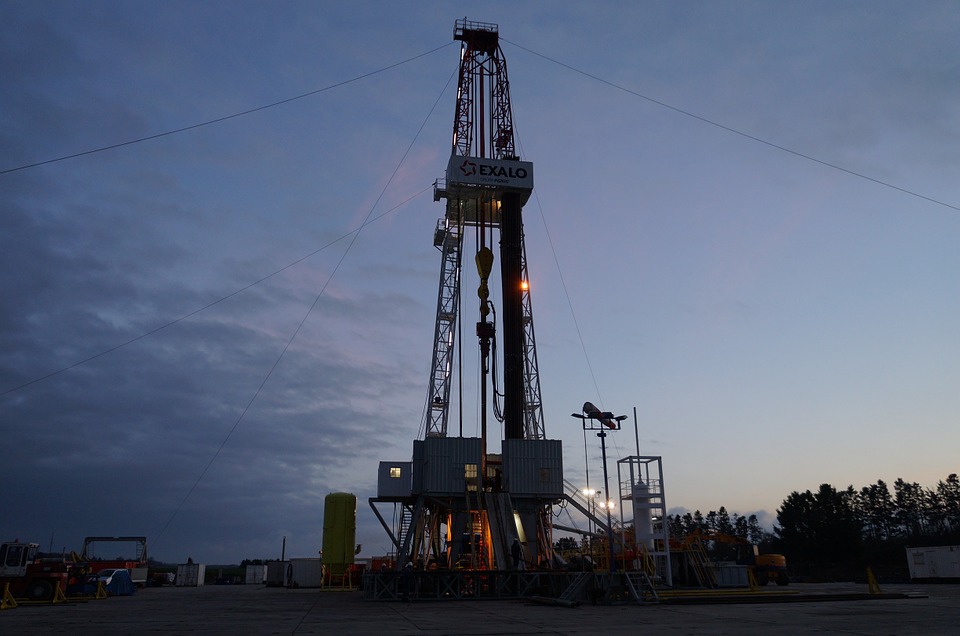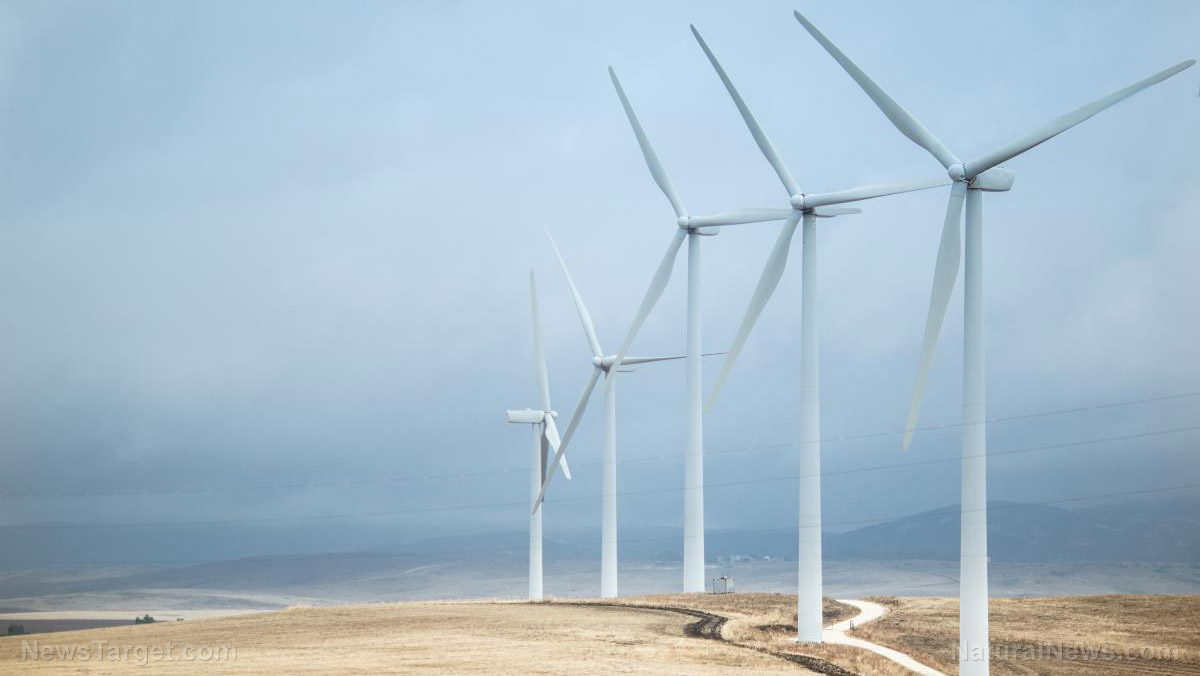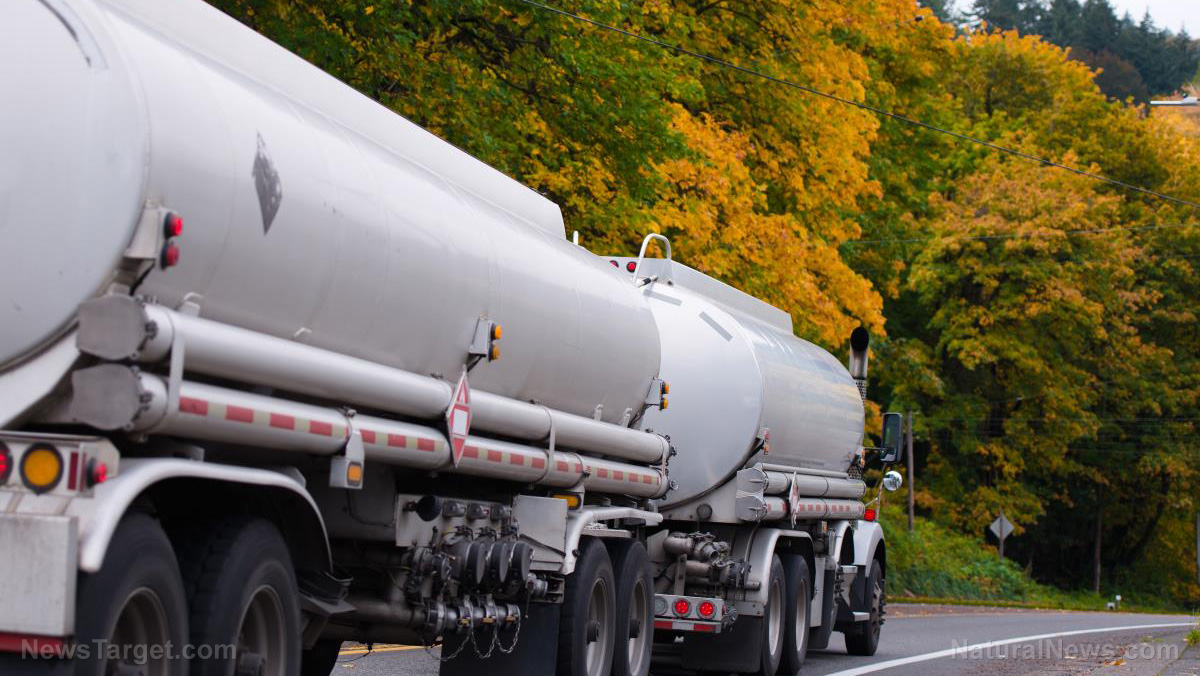No signs of slowing down: Diesel price jumps 42.8% from beginning of the year, way ahead of gasoline’s 25% increase
05/01/2022 / By Mary Villareal

The increase in diesel price has raced past that of gasoline. Data from the Department of Energy‘s Energy Information Administration (EIA) showed that diesel price has jumped a staggering 42.8 percent while the price of gasoline has increased 25 percent from the beginning of the year.
Given the enormous role of Russia as a supplier of diesel, it is easy to blame ongoing war between Russia and Ukraine for the soaring prices. However, the increase in the price of diesel compared to crude and gasoline began even before the war started.
The price that truckers and motorists pay at the pump is determined by the price of crude. But if the relationship between crude and diesel goes through structural changes that tack on another 10 to 15 cents a gallon to the spread, those gains are going to impact the retail price of diesel even if crude price remains unchanged.
The spread of the prices was just under 40 cents per gallon a year ago, but has now increased to up to $1.20. The spread crossed the $1 per gallon mark on March 18 of this year after starting the year at only 27 cents.
But the retail price is already at the end of a long supply chain that includes oil production, the selection of the types of crudes for a refinery to process, and the split output that includes gasoline, diesel, jet fuel and other products. The growth in the gasoline-to-retail spread is ultimately the final step after changes in the spot products market. (Related: Germany, Austria move closer to rationing gas supplies.)
Diesel prices driving up costs of goods
As consumers notice the spiking gasoline prices, energy industry analysts say the current spike in diesel prices is historic in the sense that it is pushing up costs of goods. Now hovering at all-time highs, diesel prices are being forced upward by the same circumstance that fueled gasoline’s rise.
Patrick De Haan, head of petroleum analysis for GasBuddy, said the price of fuel is the bigger headline as nearly everything people buy is at some point freighted in a vehicle powered by a diesel engine, including ships and barges, trains, trucks and even some airplanes.
This massive increase is hitting consumers hard, including truckers who spend nearly twice the amount for fuel per week. Freight industry analysts also suspect that the very fragmented and volatile trucking industry will likely experience another severe recession, with others going as far as calling it a bloodbath.
“We see when fuel surges as much as it has over the past couple of months, that’s usually when we see a lot of trucking bankruptcies follow,” said Craig Fuller, founder and CEO of industry tracker Freightwaves.
This is bad news for the nearly two million trucking companies in the United States, the vast majority of which are smaller businesses with just a handful of trucks. (Related: Newsom wants to spend $11 billion to give Californians $400 gas cards, throwing more incendiary money into an already inflationary economy.)
“These small operators that live essentially on the cash flow of their trucking operations are not prepared and don’t have the balance sheets or the cash position to absorb these instantaneous shocks to their cash flow,” he said.
Follow Bubble.news for more information about the rising oil and gas prices.
Watch the video below to learn more about why oil prices are getting so high.
This video is from the channel The Morgan Report on Brighteon.com.
More related stories:
Sources include:
Submit a correction >>
Tagged Under:
Collapse, consumer, crude, diesel, diesel engine, diesel fuel, economy, energy, energy prices, fossil fuels, fuel, gas prices, gasoline, inflation, oil prices, retail, risk, shortages, supply chain, transportation, truckers
This article may contain statements that reflect the opinion of the author
RECENT NEWS & ARTICLES
Electricity.News is a fact-based public education website published by Electricity News Features, LLC.
All content copyright © 2018 by Electricity News Features, LLC.
Contact Us with Tips or Corrections
All trademarks, registered trademarks and servicemarks mentioned on this site are the property of their respective owners.




















